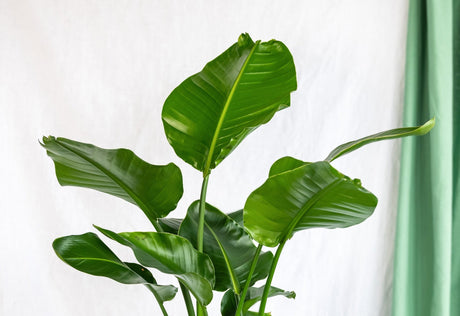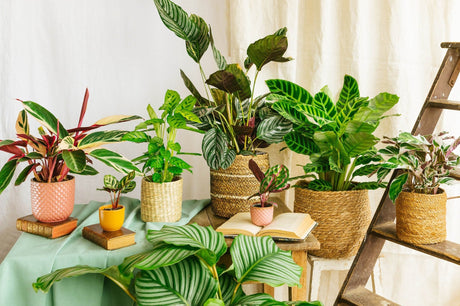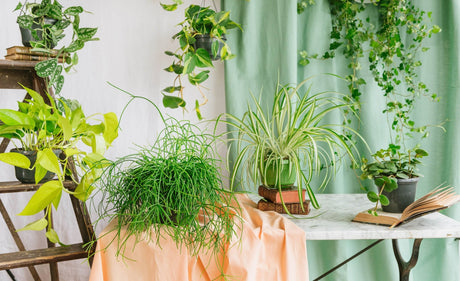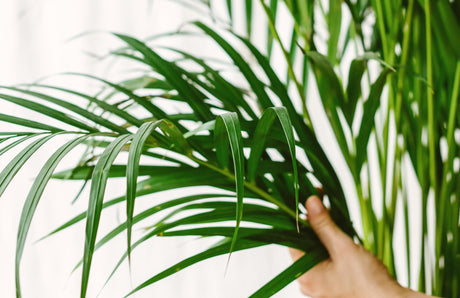Know your plants
The first rule to avoid poisoning is obviously to know the plants that you have at home. indoor or outdoor, it therefore seems essential to bear in mind their name and their toxicity, in order to take the necessary measures.We also recommend that you keep the labels that you find on the pot of each of your plants during your purchase. Indeed, you can consider that it is in fact its technical data sheet, or its identity document. All the information concerning a plant can be found there. Thus, you will be able to know the degree toxicity of your plants and in case of accidental poisoning, give the right information to the person who will treat you.
Choosing the right location
Whether in your garden or indoors, we advise you to place your poisonous plants in places where neither your children nor your pets can easily access them. It is important that your plants considered toxic are far from places of passage. Thus, inside, we advise you to opt for locations that are not easily accessible, at the top of a shelf for example, in suspension, or on a high piece of furniture. Outside, it is the same. Do not put these poisonous plants on your patio or towards a play area. Clearly, you will need to favor locations out of the reach of children and animals. On this subject, if you want more information, you can also consult our article How to keep your cats away from plants?
Handle your poisonous plants with care
Also be sure to handle your poisonous plants with gloves and wash your hands thoroughly after touching them. In addition, do not hesitate to cover your forearms when pruning certain trees that have stinging leaves, in order to avoid any skin reactions.
Beware of confusion!
It is common to confuse a toxic species with another non-toxic, and thus to poison oneself thinking of consuming a plant that one does not think is harmful. This is the case, for example, of wild garlic, frequently confused with colchicum. The latter is a cardio-toxic species that can cause very serious reactions.
Some hikers often think they can safely eat certain plants they find on their way and think they know. However, it seems essential to photograph your pickings and to inquire before consuming the species found in nature, and especially to stop consumption immediately if the taste seems unusual. It is still advisable to avoid any consumption of plants found on unknown grounds. For your personal consumption, therefore, favor plants that you have sown yourself in your vegetable garden, because wild plants can be really dangerous. It is therefore time for prevention, especially with regard to the youngest!
In case of reactions following contact with or ingestion of an unknown plant, do not hesitate to consult a doctor quickly.






